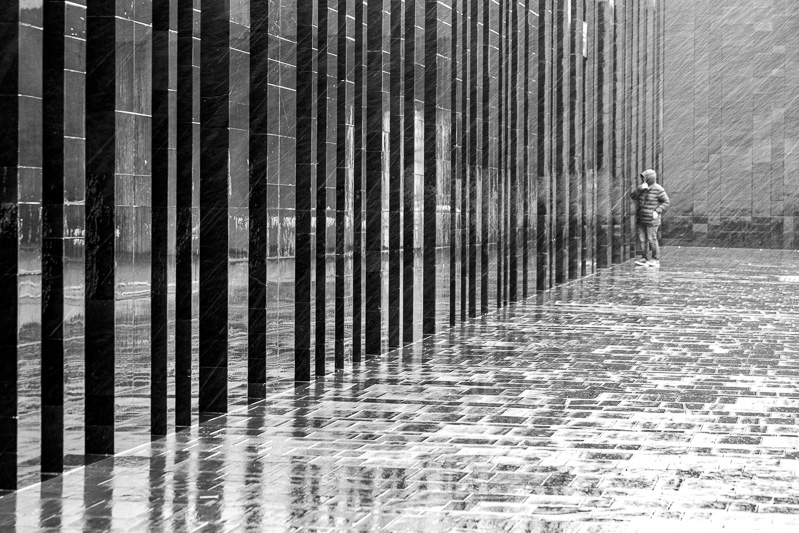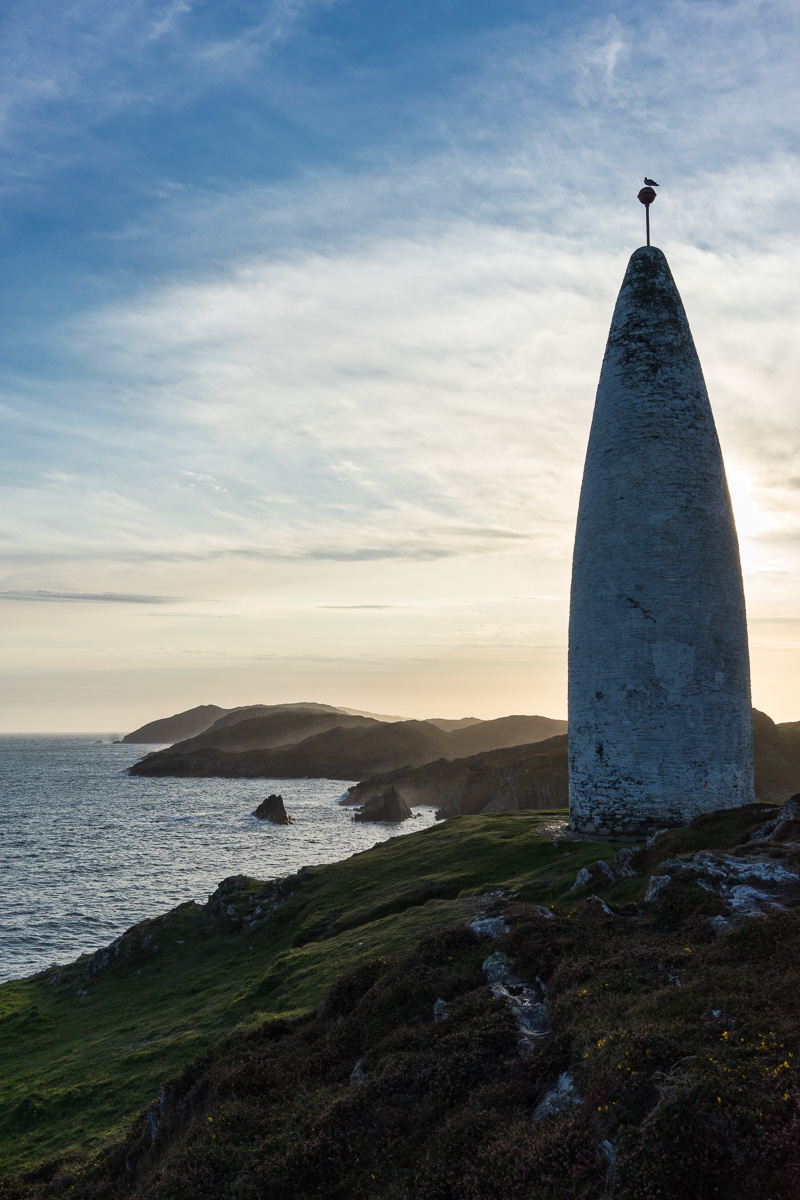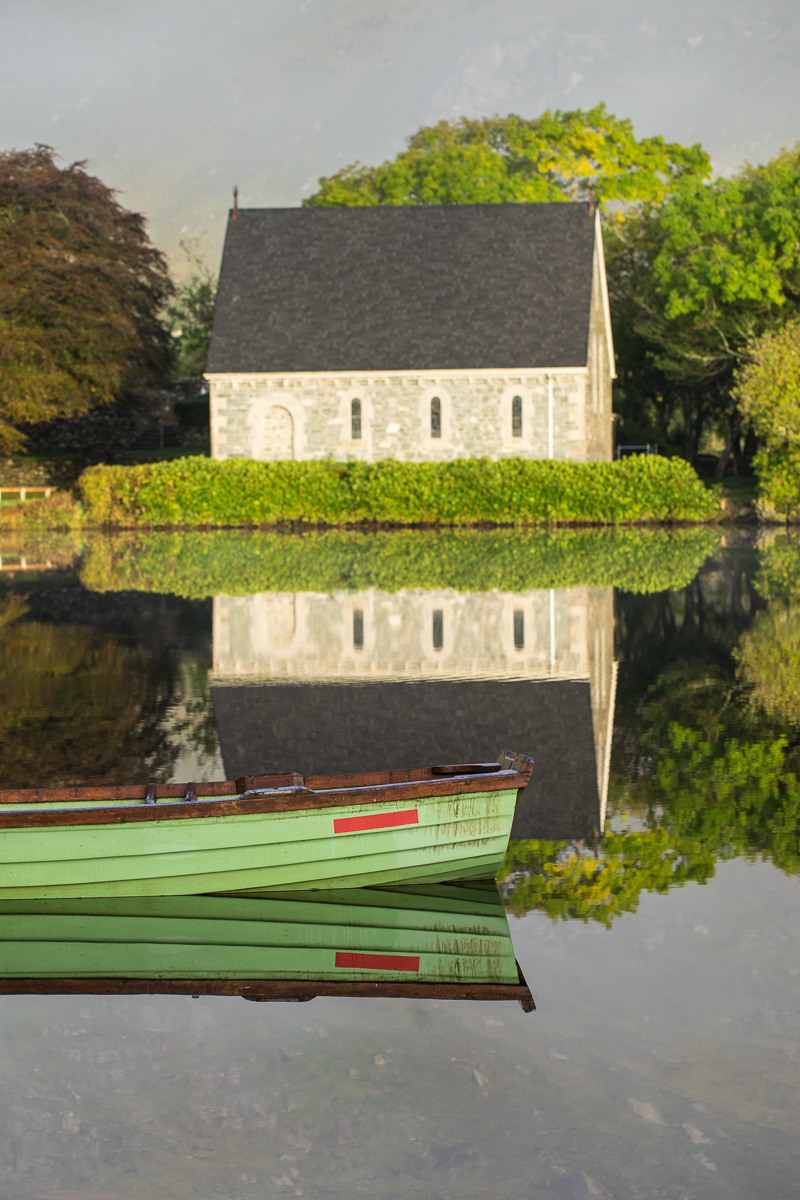This article first appeared in the Fall/2018 edition of the Elisagram, the newsletter for the Sanfilippo Children’s Research Foundation, a charitable organization founded by Lis and Randall Linton:
In September of 2017, my wife, Tamiko, and I joined the Linton family in the Republic of Ireland for a cycling adventure to help raise funds for the Sanfilippo Children’s Research Foundation and, more particularly, for a dedicated research lab in Montreal’s Sainte-Justine University Hospital. This was our first SCRF adventure. We reasoned that cycling would be easier than mountain climbing and envisioned a gentle pedal through the countryside as we rolled from pub to pub. We were so naïve!
There are certain things one needs to know about Ireland. First, it rains there. Although assured that September is Ireland’s dry month, this wisdom failed to account for the tail end of hurricane Maria which lashed precisely that bit of coastline where we were cycling. As we rode along one stretch—the road into Ahakista—the rain was horizontal and forced us from the road. Admittedly, it forced us into a pub, but it forced us all the same.

The second thing to know about Ireland is that it has hills. I had assumed I’d be able to get a nice pedalling rhythm going and sustain it all day long. What I got, instead, was a lot of huffing and puffing on the up slopes, and a lot of hoping my brakes would work on the down slopes. So, for example, after spending the night not far from stormy Ahakista, we began our day with a two kilometre climb which, if memory serves, was nearly vertical. Maybe my memory exaggerates, but certainly my thighs thought it was vertical.

All of this to say: we earned our keep. Although there were several moments when it was sorely tempting to phone for a van, we pressed on, in part because of a sense of accountability to our many sponsors. But there was more to it than mere accountability. There was a sense in which we were being cheered on, a reminder that, since its inception, SCRF has been more than simply a vehicle for raising funds; it has been a community of support and a beacon of hope—for children, their families, researchers and medical professionals, and the wider circle of friends and donors who embrace them.

As we gathered for dinner at the end of each day, Randall would go from person to person, asking each of us to name a highlight. By the end of the trip, there was a consensus around the table. Our favourite place was Gougane Barra. The beauty we saw there spoke of hope. We arrived in Gougane Barra to the chaos of a religious pilgrimage, the site of St. Finbarr’s Oratory. But by the next morning, with the pilgrims gone, a peace had descended on the valley. A mist settled over the glassy lake and as the sun rose above the surrounding hills, it cast the Oratory in a brilliant light. It was like stepping into a cathedral; one felt obliged to whisper.

There was one other memory which stood out among all the others. It was that bittersweet moment at the end of our adventure, as we gathered with our bicycles in a parking lot in Cork, and Lis pulled a photo of Elisa from its protective zip-lock bag. It was the same photo that had travelled with Lis to the summit of Kilimanjaro and on the trail of Machu Picchu. And now it—and the spirit of Elisa—had accompanied us through the beautiful terrain of West Cork.

Tamiko and I are grateful for the time we have spent with the Linton family. It is inspiring to witness the strength of purpose they bring to all they do, even in the face of such loss. It is doubly inspiring to witness the selflessness at the heart of their efforts. While they have been driven by their own daughter’s need, they know full well that the practical benefit will fall to people they may not even know, to children not yet born.
Let the journey continue!